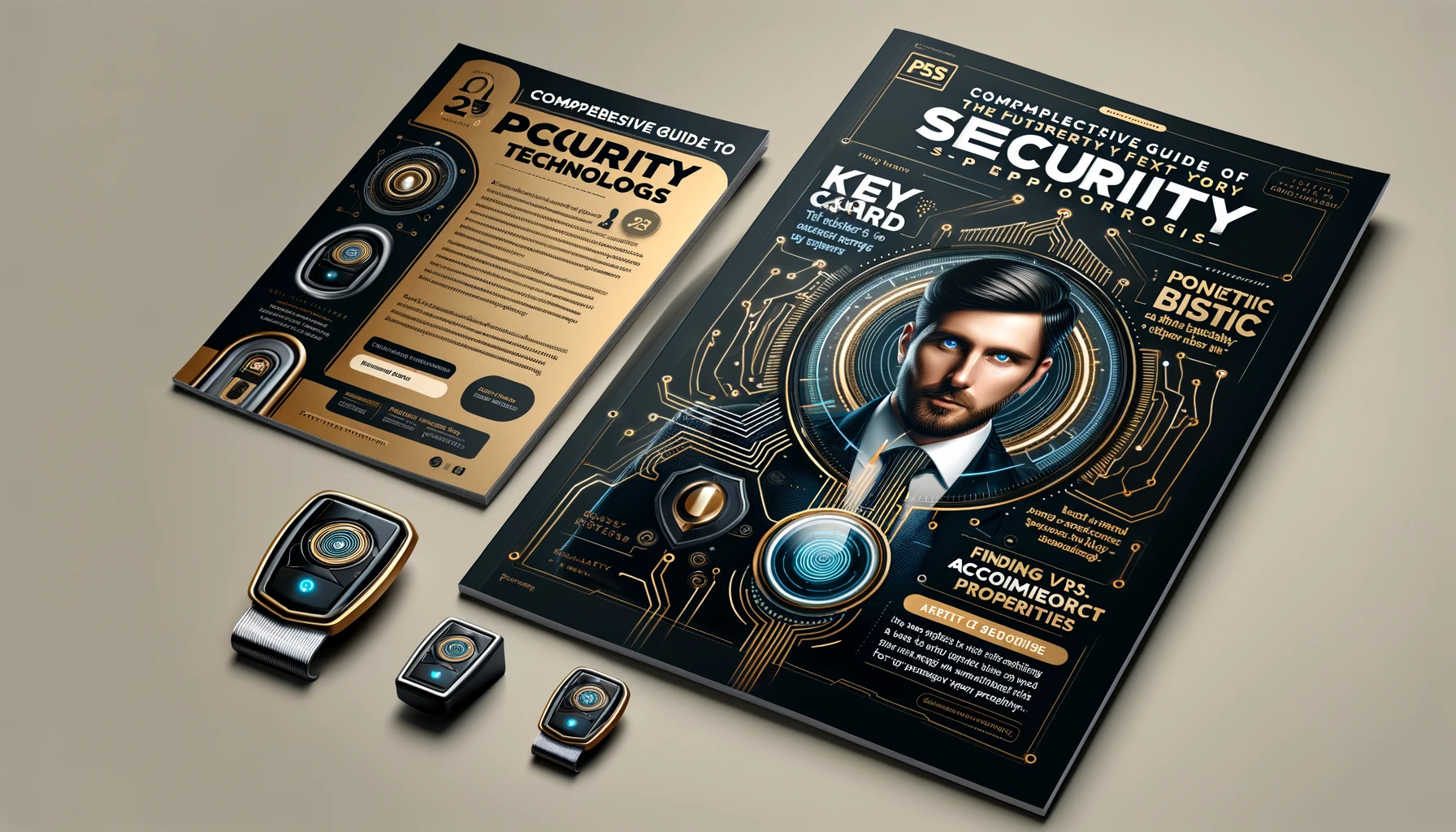In the vast ocean of property security, navigating towards the perfect access control system can often feel like steering through foggy waters. Whether you're a seasoned property manager, a vigilant chief security officer, or a security company hiring manager, understanding the nuances of various access control solutions is paramount. So, let's embark on a detailed exploration of key card and biometric systems, ensuring your voyage towards securing your property is as smooth as possible.
Dive into Access Control
At its core, access control is about determining who gets in, who stays out, and importantly, keeping track of the comings and goings within your property. From traditional lock-and-key methods to sophisticated digital solutions, the evolution of access control systems has been significant. Today, we're focusing on two of the most popular and effective systems: key card and biometric.
Key Card Systems: The Traditional Innovator
Key card systems have been the backbone of property access control for decades, offering a blend of security and convenience. Let's break down their features, benefits, and considerations.
Features
-
Magnetic Stripe Cards: These contain encoded data that's read by a card reader to grant or deny access.
-
Proximity Cards: Operate via RFID technology, allowing entry without direct contact with the reader.
-
Smart Cards: Incorporate a microchip to store data, offering enhanced security and multipurpose use beyond access control.
Benefits
-
Ease of Management: Assigning and revoking access is straightforward, making it ideal for properties with high turnover rates among occupants or staff.
-
Cost-Effectiveness: Compared to more advanced systems, key card solutions are generally more budget-friendly, both in setup and maintenance.
-
Flexibility: Key cards can be programmed for specific areas, times, and levels of access, providing tailored security solutions.
Considerations
-
Vulnerability: Cards can be lost, stolen, or cloned, potentially compromising security.
-
Wear and Tear: Physical contact with readers (especially magnetic stripe cards) can lead to wear over time, necessitating replacements.
Biometric Systems: The Future is Here
Biometric access control systems use unique physical or behavioral characteristics for identification, offering a high-tech solution to property security challenges.
Features
-
Fingerprint Recognition: The most common form of biometric access control, using unique fingerprint patterns to grant access.
-
Facial Recognition: Utilizes facial features to identify individuals, increasingly popular in high-security areas.
-
Iris Scanning: Offers one of the most secure biometric solutions by analyzing unique patterns in the iris.
Benefits
-
Enhanced Security: Difficult to forge or steal, biometric data provides a higher level of security compared to traditional methods.
-
No Physical Tokens: Eliminates the need for keys or cards, reducing the risk of loss or theft and the costs associated with replacements.
-
Streamlined Access: Provides quick and convenient access, improving the flow of traffic into and out of the property.
Considerations
-
Privacy Concerns: The collection and storage of biometric data can raise privacy issues, requiring careful data management and compliance with regulations.
-
Initial Costs: Biometric systems typically involve a higher upfront investment compared to key card systems.
-
Environmental Factors: Conditions like lighting for facial recognition or wear on fingerprints can affect the reliability of biometric readings.
Choosing the Right System for Your Property
When it comes to selecting an access control system, consider the following:
-
Security Requirements: Evaluate the level of security needed based on the sensitivity of the areas being protected.
-
User Convenience: Consider the ease of use for authorized individuals, balancing security with accessibility.
-
Budget Constraints: Assess both the upfront and ongoing costs associated with each system.
-
Future Scalability: Choose a system that can grow and adapt with your property's needs.
Access control systems are vital components of property security, safeguarding assets, and ensuring the safety of occupants. Whether you opt for the cost-effective flexibility of key card systems or the high-tech security of biometric solutions, the key lies in selecting a system that aligns with your security objectives, budget, and the unique needs of your property. By understanding the features, benefits, and considerations of each system, you can make an informed decision that enhances security while fostering a safe and accessible environment for all.
.png)
.png)
.png)

.png)
.png)

.png)
.png)
.png)
.png)
